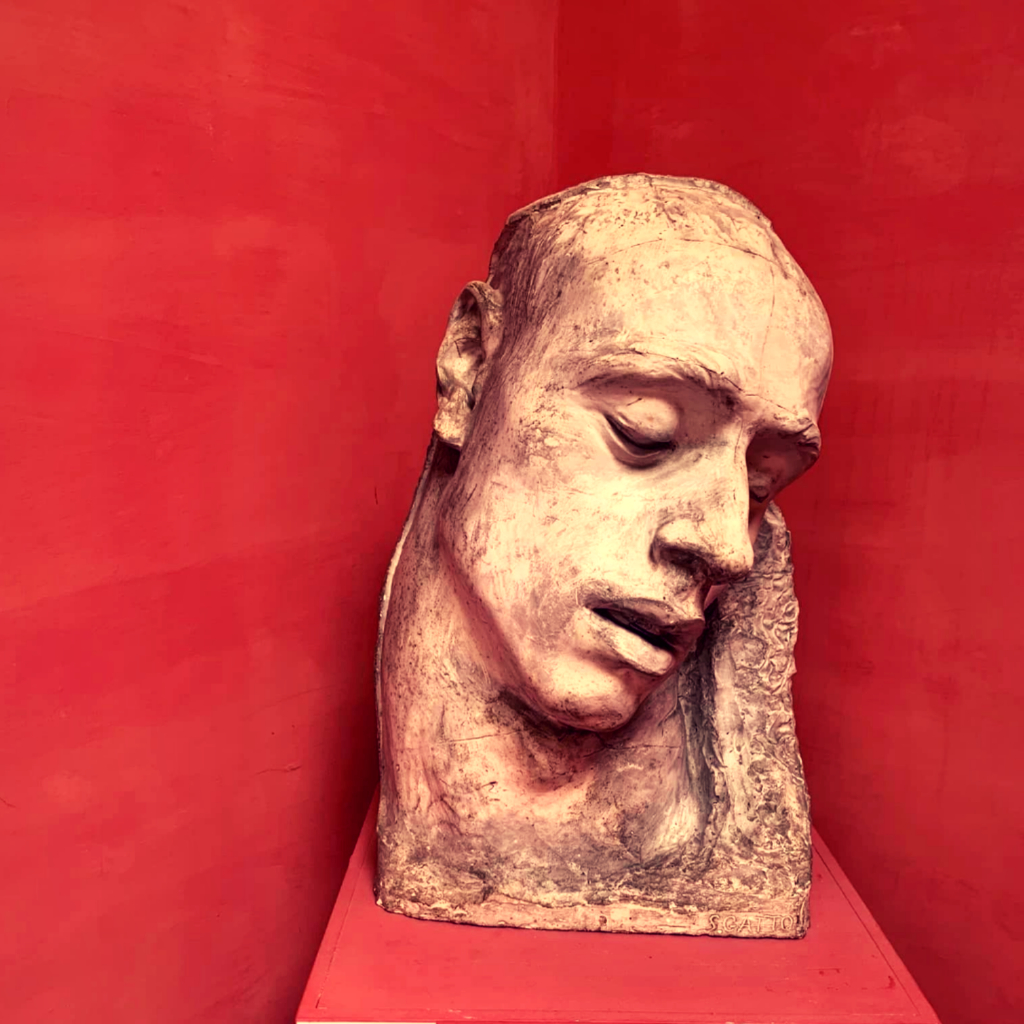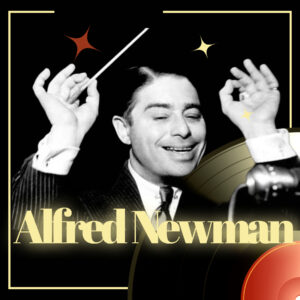
The list of violinist-composers from Italy who settled in the British Isles during the eighteenth century includes Pietro Castrucci, Francesco Geminiani, Felice Giardini, Francesco Barsanti and a member of one of the most famous musical families of The Kingdom of Sicily, brother of Alessandro Scarlatti, Francesco Scarlatti. He left little trace of his life and career. Most of his previously known compositions consisted of vocal works and only one instrumental work, Sinfonia in C major. The existence of Francesco Scarlatti’s Concerto was unknown until 2000, when they were discovered in one of two books by Charles Avison that appeared after they were.
He went to Naples some time in 1672-74. After studying at the famous conservatory of the city, he became violinist at the royal court (1684), at the same time that his brother Alessandro was appointed maestro di cappella. His appointment caused controversy: a number of Neapolitan musicians resented the influence of the young provincial at court. In February 1691 Scarlatti was granted permission to go to Sicily, where he remained for at least 24 years. In an application, dated 29 June 1715, for the position of assistant Kapellmeister to Emperor Charles VI he stated that he had been maestro di cappella in Palermo for 26 years.
In 1690 he married Rosolina Albano, who bore him at least five children; she died in Palermo on 29 June 1706.
He was working in Palermo as a professional musician is shown by his inclusion in the membership lists of the city’s Unione dei Musici in January and July 1694. In 1703 a ‘dialogo a cinque voci’, La profetessa guerriera, was performed at the Convento dell’Immacolata Concezione, Palermo, and two Latin oratorios were performed at the oratory of the Arciconfraternita del SS Crocifisso, Rome, in 1699 and 1710. A dialect comedy, Lo Petracchio scremmetore, was given in Aversa, near Naples, in 1711, in collaboration with his brother-in-law Nicola Pagano. A Dixit Dominus and a mass, both for 16 voices and instruments, together with a chamber cantata, Belle pupille care, and a serenata, Il nuovo sole, for the birthday of Charles VI date from the Palermo period.
A fourth oratorio, Daniele nel lago de’ leoni, and a Laetatus sum for five voices and strings may also date from this period. Despite the full support of the Kapellmeister, J.J. Fux, Scarlatti’s application in 1715 for the post of vice-Kapellmeister at the Viennese court was unsuccessful, even though he claimed to have lost his position in Palermo because of his Austrian sympathies. His Miserere in G minor was probably composed to support his application. Scarlatti returned to the Italian mainland; in February 1719 he drew a salary in respect of his much earlier post at Naples. The same year he travelled to London, perhaps on the invitation of Handel or Geminiani; his name appears in a number of concert advertisements between 1719 and 1724. In January 1720 he was offered, but seems to have rejected, a position at Cannons.
The marriage register of S Giovanni in Porta, Naples, shows Francesco Scarlatti as having died by the time his daughter Eleonora married Alessandro Binda there on 12 July 1726 (see Prota-Giurleo, Archivi, xxvii (1960), 371) – an incorrect statement perhaps fuelled by some family dispute over his remarriage. By 1733 he had moved to Dublin, probably on the recommendation of Thomas Roseingrave or Matthew Dubourg. A disclaimer in Faulkners Dublin Journal (11–14 August 1733) stating that ‘Jane Scarlatti … hath eloped from her said Husband’ is the only indication that he remarried. A benefit concert for Scarlatti, ‘who, thro’ a long Confinement by Sickness, is reduced to very distressful Circumstances’, was advertised in January/February 1741. It is likely that he died soon after. No grave has yet been found.
The majority of his previously known compositions consisted of vocal works and only one instrumental piece, a Sinfonia in C major. The existence of the Francesco Scarlatti’s Concerti Grossi was unknown until 2000, when they were discovered in one of the two workbooks of Charles Avison that reappeared after being hidden for more than two hundred years.
Francesco Scarlatti, Six Concerti Grossi:
Concerto No. 1 in E Major
Concerto No. 2 in C Minor
Concerto No. 3 in A Minor
Concerto No. 4 in E Minor
Concerto No. 8 in F Major
Concerto No. 9 in D Major
They represent a significant addition to Francesco Scarlatti’s total output. Although it is not possible to determine with certainty when the concertos composed, it is likely that Francesco wrote them in London in an effort to win the favor of British audience and satisfy their insatiable demand for works of this genre. They also enhance our appreciation and understanding of the musical activities of all the members of the Scarlatti family, and provide further insights into the reception of Sicilian musicians and the Italian Concerto Grosso in England during the eighteenth century.



